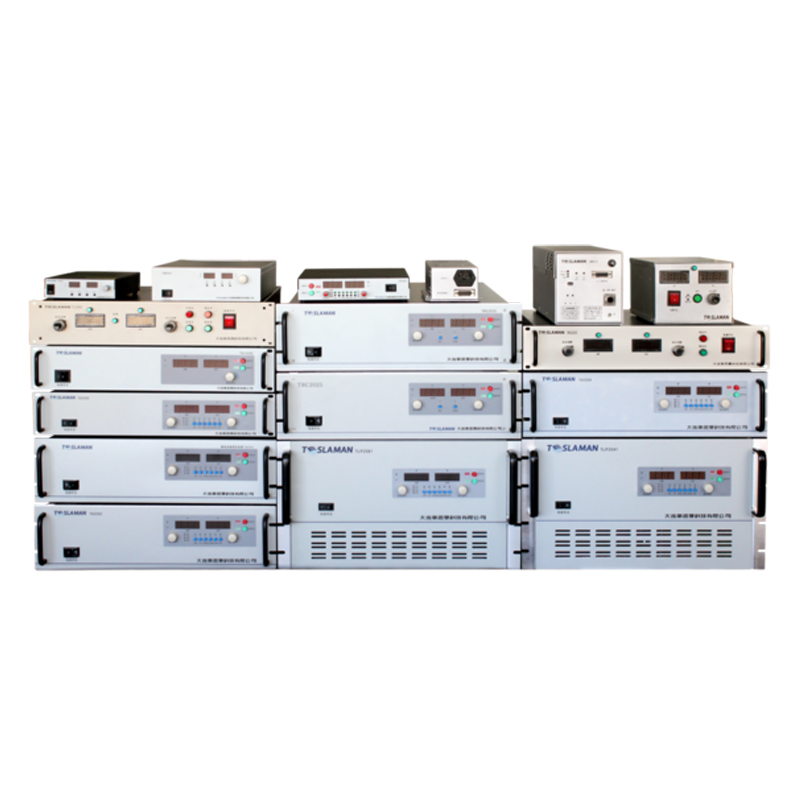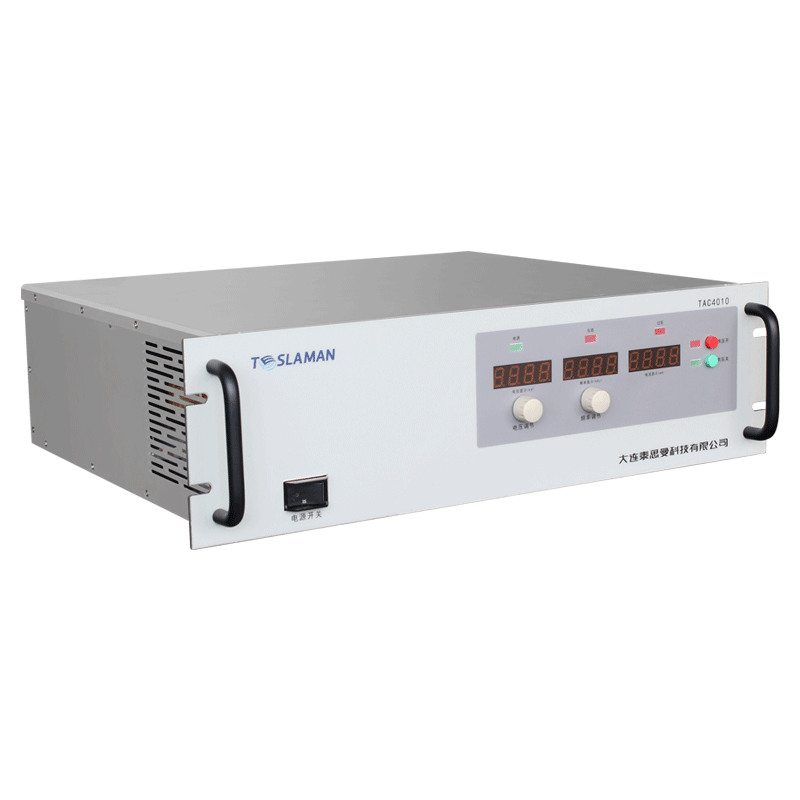Application Examples of DC High-Voltage Generators in Nuclear Medicine
I. Introduction
Nuclear medicine, as an important branch of modern medicine, plays a unique role in disease diagnosis and treatment. Among the numerous equipment and technologies in nuclear medicine, the DC high-voltage generator holds an indispensable position. It provides a crucial high-voltage environment for the relevant detection and treatment processes in nuclear medicine, ensuring the smooth progress of various nuclear medicine operations.
II. Application of DC High-Voltage Generators in Nuclear Medicine Imaging
(I) Principle
In nuclear medicine imaging techniques such as Positron Emission Tomography (PET) and Single-Photon Emission Computed Tomography (SPECT), power supply to the detectors is required. The DC high-voltage generator can provide a stable and appropriate high voltage for the key detection elements in the detectors, such as photomultiplier tubes. For example, photomultiplier tubes convert weak light signals (which are converted from the signals generated by radiolabeled substances in the body) into electrical signals. This process requires a precise high-voltage electric field to accelerate electrons and achieve signal amplification. A stable DC high voltage can ensure the gain stability of the photomultiplier tubes, thereby improving the resolution and accuracy of imaging.
(II) Practical Application Case
In the PET examination in the nuclear medicine department of a large hospital, the DC high-voltage generator provided a DC high voltage ranging from -1000V to -2000V for the detector system. When examining cancer patients, the stable high voltage enabled the detectors to accurately capture the gamma-ray signals emitted by the radiotracer in the body. This allowed doctors to clearly observe the metabolic situation of the tumor tissue and accurately determine the location, size, and metastasis of the tumor. Compared with the situation before using a high-quality DC high-voltage generator, the imaging noise was reduced by about 30%, and the detection rate of small lesions was increased by more than 20%.
III. Application of DC High-Voltage Generators in Radionuclide Therapy
(I) Principle
In radionuclide therapy, such as iodine-131 treatment for thyroid diseases, precise control of the storage and release devices of radionuclides is required. The DC high-voltage generator can be used to provide high voltage for relevant equipment such as ion implantation, helping to precisely control the implantation dose and speed of radionuclide ions. By generating a high-voltage electric field, radionuclide ions can be implanted into specific parts of the patient's body according to predetermined parameters, achieving targeted treatment of the diseased tissue.
(II) Practical Application Case
In the iodine-131 treatment of thyroid diseases using a treatment device with a DC high-voltage generator, iodine-131 ions can be implanted into the thyroid tissue more precisely. In the treatment of hyperthyroidism patients, compared with traditional treatment methods, by precisely controlling ion implantation with high voltage, the radiation dose to the surrounding normal tissues was reduced, while the treatment effect on the thyroid diseased tissue was improved. After treatment, the time for the patient's thyroid function to return to normal was shortened by about 25%, and the incidence of complications was reduced by about 15%.
IV. The Role of DC High-Voltage Generators in Ensuring the Safety and Quality of Nuclear Medicine
The stable operation of the DC high-voltage generator is of vital importance to the safety of nuclear medicine. If the high voltage is unstable, it may lead to problems such as detector failure, radionuclide leakage, or inaccurate treatment doses. For example, in the daily work of the nuclear medicine department, the high precision and high stability of the DC high-voltage generator can avoid false positive or false negative imaging results caused by voltage fluctuations, ensuring the accuracy of diagnosis. Meanwhile, during the treatment process, it ensures the accuracy of the radioactive dose received by the patient, avoiding excessive harm to the patient due to an overly high dose or ineffective treatment due to an overly low dose.
V. Conclusion
DC high-voltage generators have extensive and crucial applications in multiple links such as imaging and treatment in the field of nuclear medicine. From improving the imaging quality to ensuring the treatment effect and safety, the performance of DC high-voltage generators directly affects the quality of nuclear medicine practice. With the continuous development of nuclear medicine technology, the requirements for DC high-voltage generators will continue to increase. Further optimizing their performance will help promote the development of nuclear medicine in a more precise and safer direction.




















